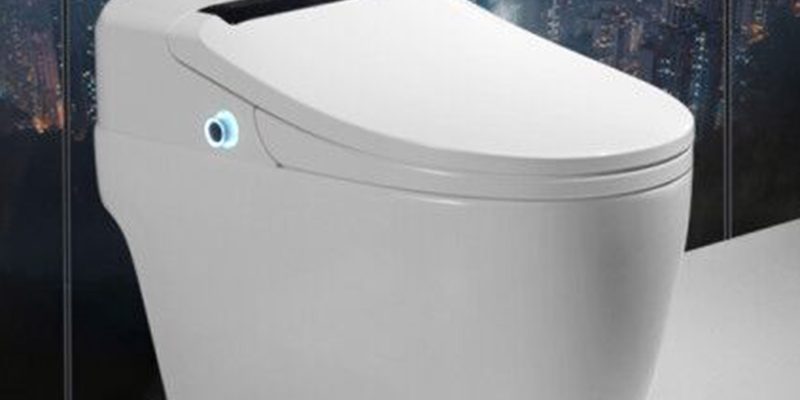Water conservation is a critical concern, and smart toilets are playing a significant role in addressing this issue. Here’s how smart toilets contribute to water savings and environmental responsibility:
- Dual-Flush Technology: Smart toilets often feature dual-flush systems that allow users to choose between a full flush for solid waste and a reduced flush for liquid waste. This simple yet effective feature can reduce water consumption by a substantial amount.
- Low-Flow Flushing: Many smart toilets incorporate low-flow flushing mechanisms that use less water per flush while maintaining effective waste removal. This is achieved through innovative flushing technologies that optimize water usage.
- Pressure-Assisted Flushing: Some models utilize pressure-assisted flushing technology, which generates a powerful flush with less water, significantly reducing water waste without compromising flushing performance.
- Smart Water Management: Advanced smart toilets may employ sensors and algorithms to optimize water usage based on user behavior. This ensures that water is used efficiently and minimizes unnecessary waste.
- Customizable Flush Options: Users can often select from various flush options, ensuring that the appropriate amount of water is used for each flush, further promoting water conservation.
- Environmental Certifications: Look for smart toilets with environmental certifications like WaterSense to ensure they meet strict water efficiency standards set by regulatory bodies.
- Sustainability Mindset: Choosing a smart toilet is not just about technology and convenience; it’s a conscious decision to contribute to environmental sustainability by conserving water and reducing one’s carbon footprint.
Smart toilets are not only luxurious and convenient but also environmentally responsible fixtures that help conserve water and protect our planet’s precious resources.








